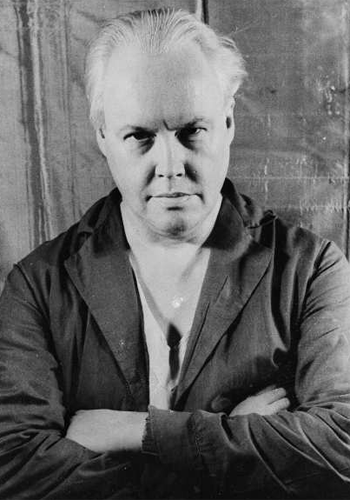Nigger Heaven
Book Details
| Title: | Nigger Heaven | ||
| Author: |
| ||
| Published: | 1926 | ||
| Publisher: | Alfred A. Knopf | ||
| Tags: | fiction, New York City | ||
| Description: | Set during the Harlem Renaissance in the United States in the 1920s, “Nigger heaven” was a term used in the 19th century to refer to the church balconies, which were segregated for African Americans, as the white members of the congregation sat below. The novel is a portrayal of life in the “great black walled city” of Harlem, part of New York City. It describes the interactions of African American intellectuals, political activists, bacchanalian workers, and other Harlem characters. The plot concerns two people, a quiet librarian and an aspiring writer, who try to keep their love alive as racism denies them opportunities.
Van Vechten’s friend and poet, Langston Hughes would go on to write poems to replace the songs used in the original manuscript. These poems are included in this text version and are identified at the book’s conclusion. [Suggest a different description.] |
||
| Comments: | The book and its title have been controversial since its publication. | ||
| Downloads: | 1,361 | ||
| Pages: | 141  |
Author Bio for Van Vechten, Carl

Carl Van Vechten (1880-1964) was an American photographer and author. Born in Cedar Rapids, Iowa, he developed interests in music, writing and theatre which he found hard to satisfy in his home town so he enrolled in the University of Chicago to further his education. After university, he moved to New York where he was hired as a music critic for the New York Times. At this time he began to write and he published several collections of his essays. He published his first novel, "Peter Whiffle: His Life and Works" in 1922. He became very interested in the lives of black artists and writers. He was a frequent visitor to Harlem and used these experiences to write "Nigger Heaven" which he published in 1926. In the 1930s a friend introduced him to 35mm camera photography and he began to take photos which led to a career as a photographic portraitist. His connections with the literati of New York led him to take photographs of many luminaries of the time including F. Scott Fitzgerald, Langston Hughes, and Gertrude Stein. He continued to write and take photographs up until his death in 1964. Much of his original photographic work now resides at the Library of Congress. (Library of Congress)
Available Formats
| FILE TYPE | LINK | ||
| UTF-8 text | 20190715.txt | ||
| HTML | 20190715.html | ||
| Epub | 20190715.epub | If you cannot open a .mobi file on your mobile device, please use .epub with an appropriate eReader. | |
| Mobi/Kindle | 20190715.mobi | ![1. Download the .mobi file into your computer’s Downloads Folder.
2. Rename the file from [8-digit number].mobi to [my title].mobi.
3. Connect your Kindle to your computer using the Kindle USB cable.
4. Open the “documents” folder in the Kindle directory and Copy/Paste
the renamed .mobi file into the “documents” folder.
5. Eject your Kindle. The file will then appear in the Kindle Main Menu
as a New item with the new renamed file name. Info](/images/info.jpg) | Not all Kindles or Kindle apps open all .mobi files. |
| PDF (tablet) | 20190715-a5.pdf | ||
| HTML Zip | 20190715-h.zip |
Kindle Direct (New, Experimental)
Send this book direct to your kindle via email. We need your Send-to-Kindle Email address, which can be found by looking in your Kindle device’s Settings page. All kindle email addresses will end in @kindle.com. Note you must add our email server’s address, [email protected], to your Amazon account’s Approved E-mail list. This list may be found on your Amazon account: Your Account→ Manage Your Content and Devices→ Preferences→ Personal Document Settings→ Approved Personal Document E-mail List→ Add a new approved e-mail address.
This book is in the public domain in Canada, and is made available to you DRM-free. You may do whatever you like with this book, but mostly we hope you will read it.
Here at FadedPage and our companion site Distributed Proofreaders Canada, we pride ourselves on producing the best ebooks you can find. Please tell us about any errors you have found in this book, or in the information on this page about this book.
